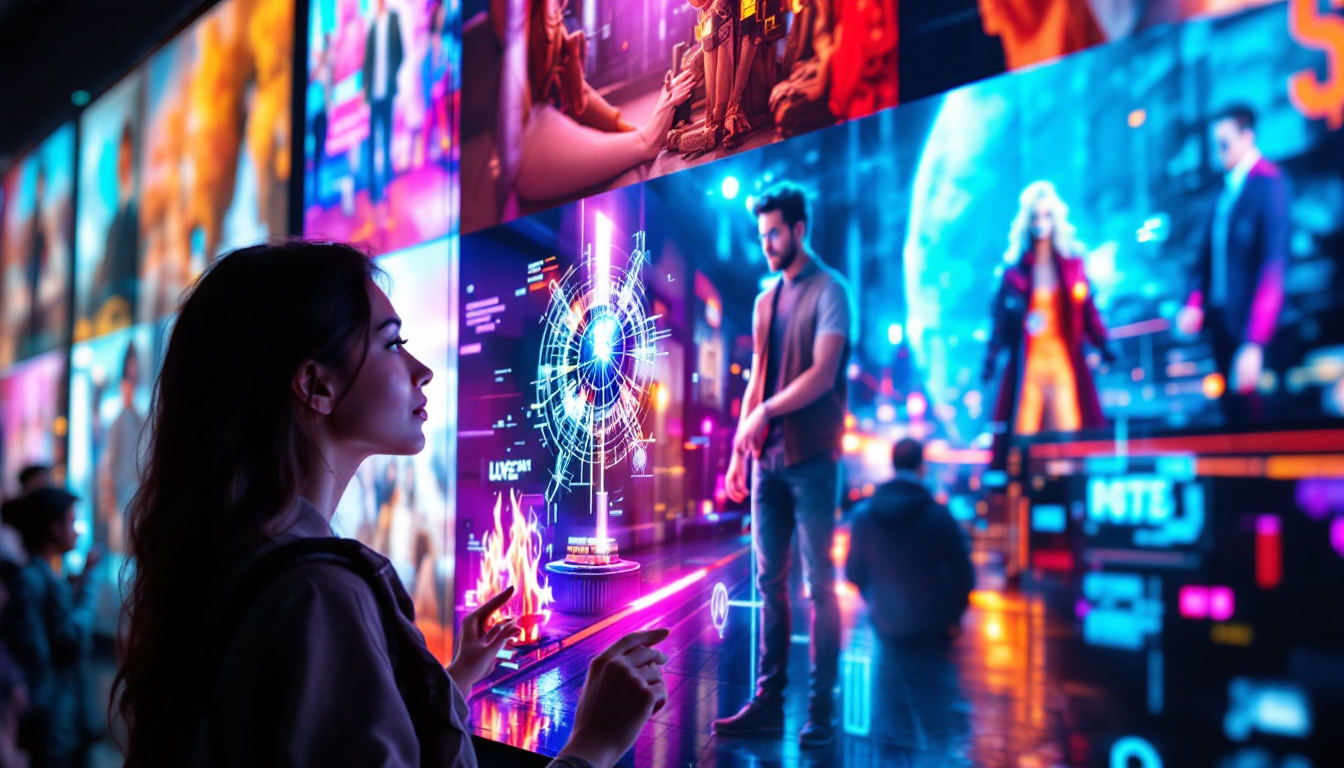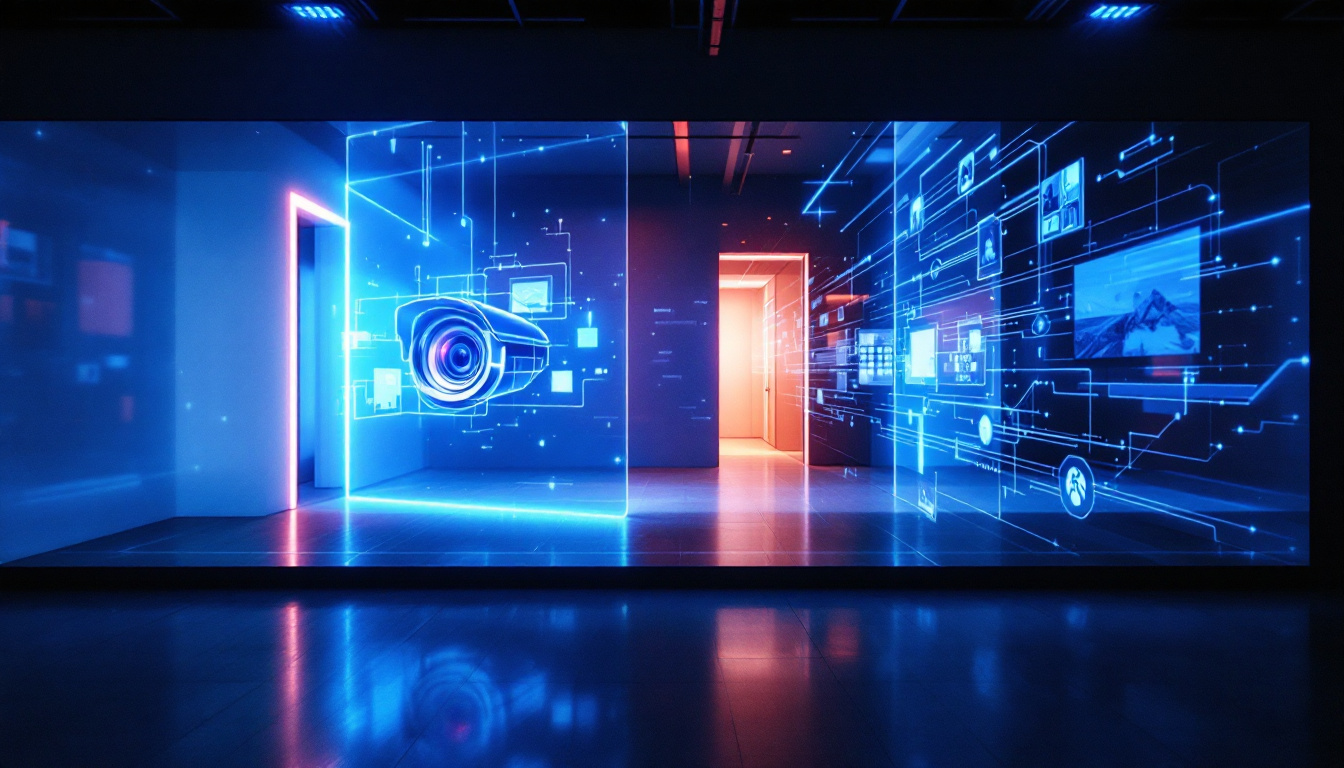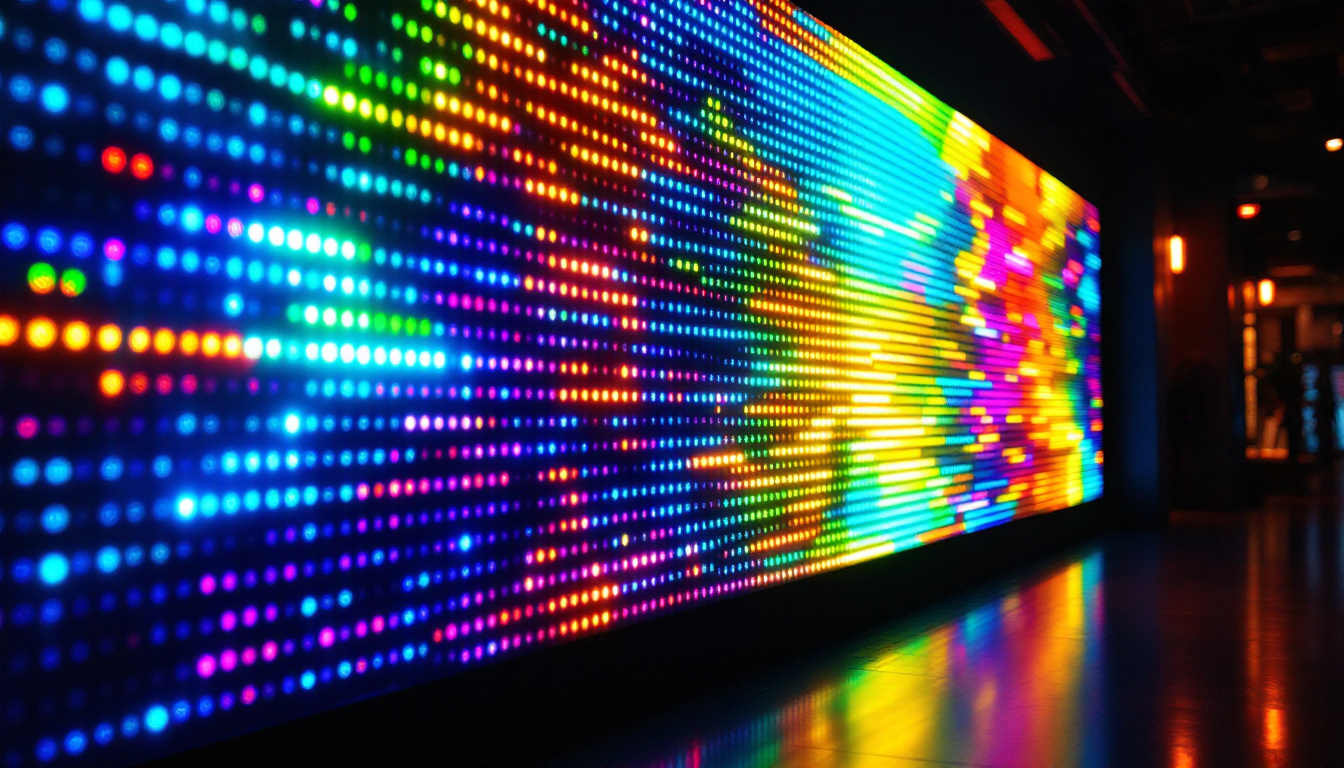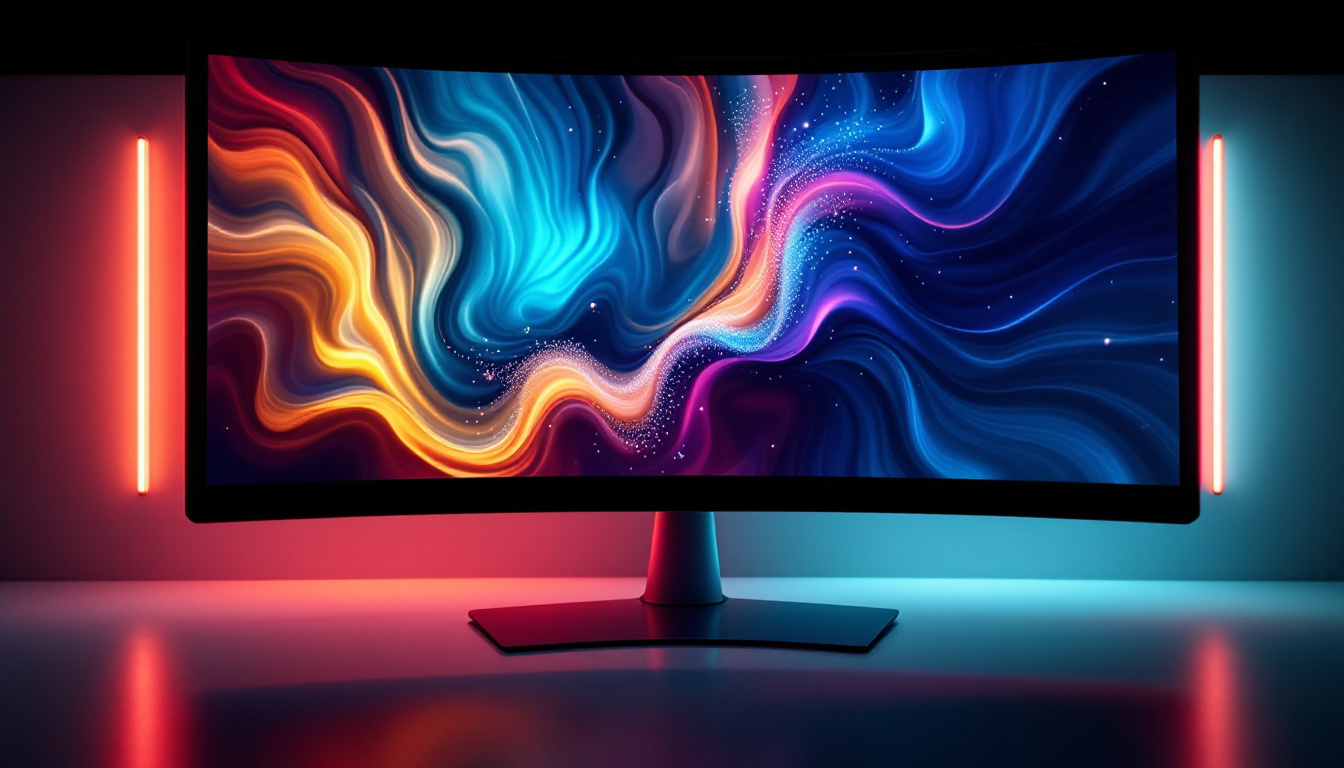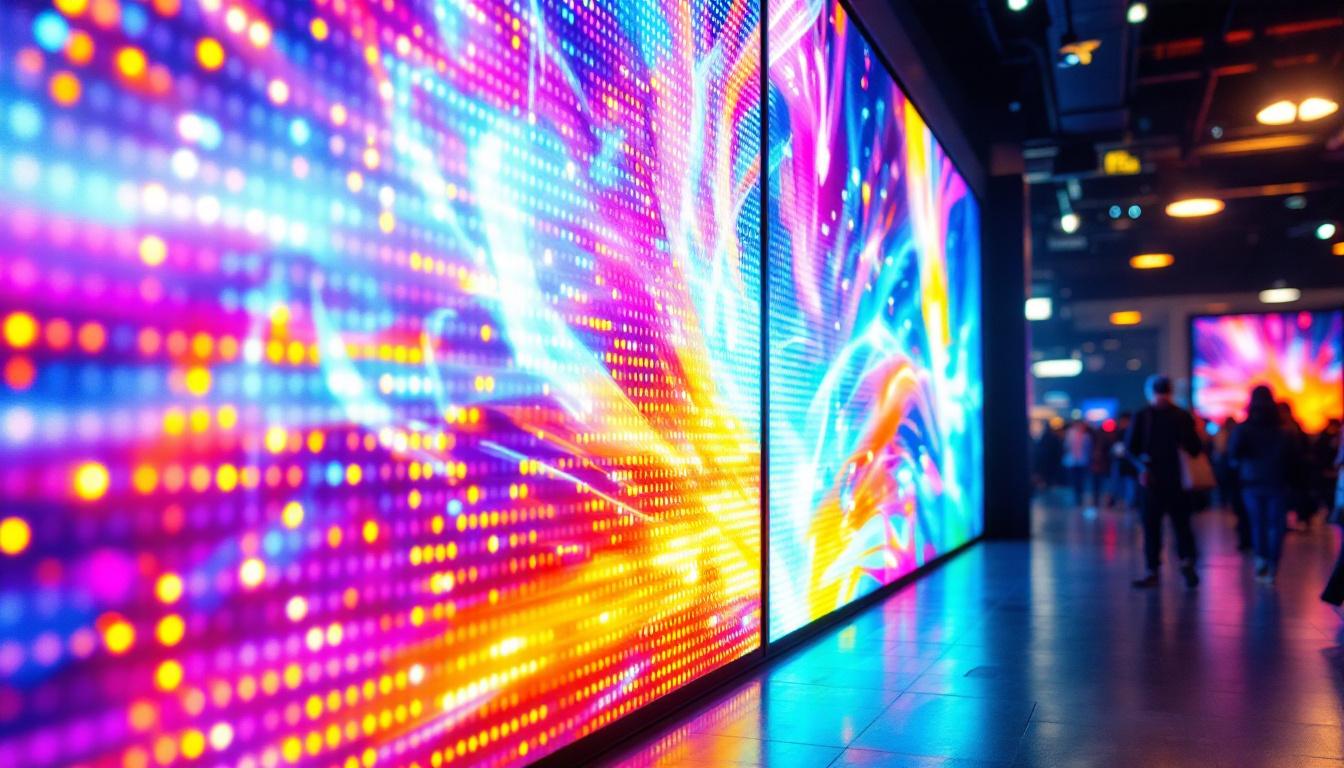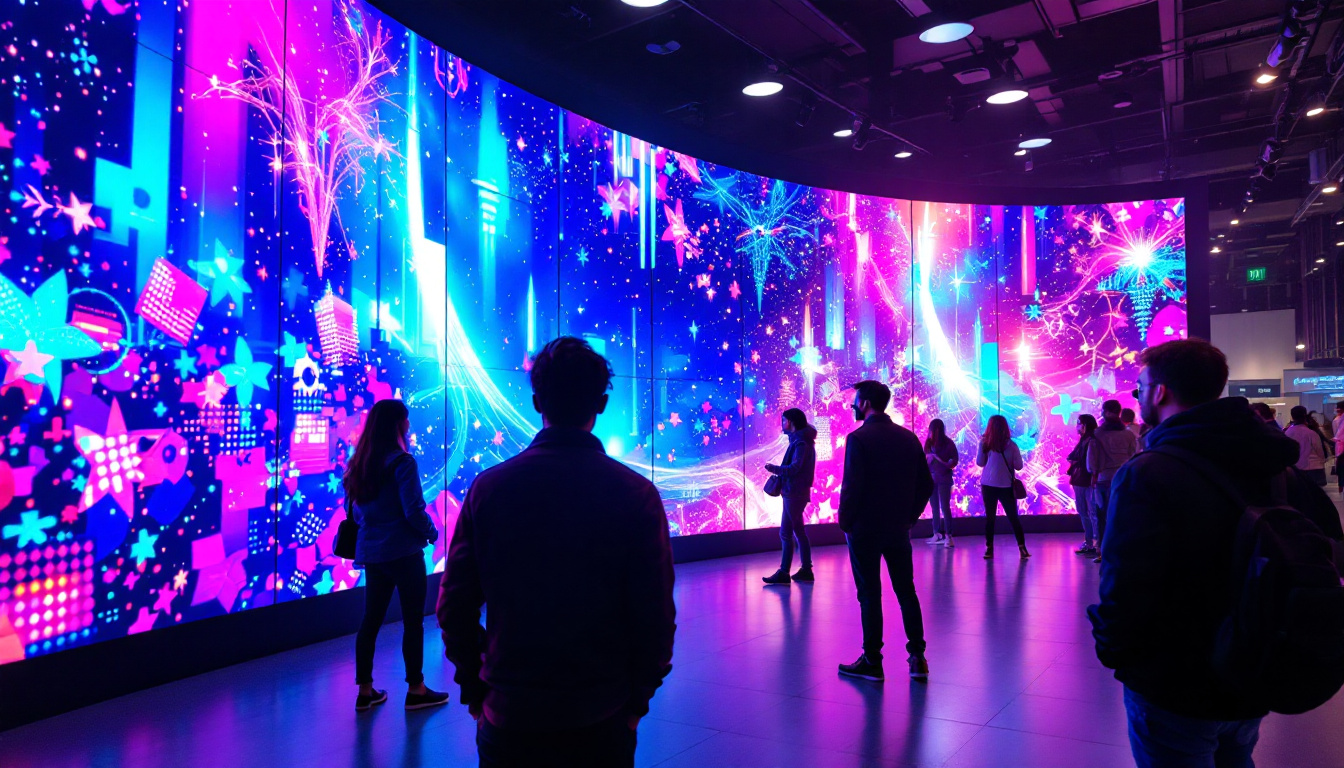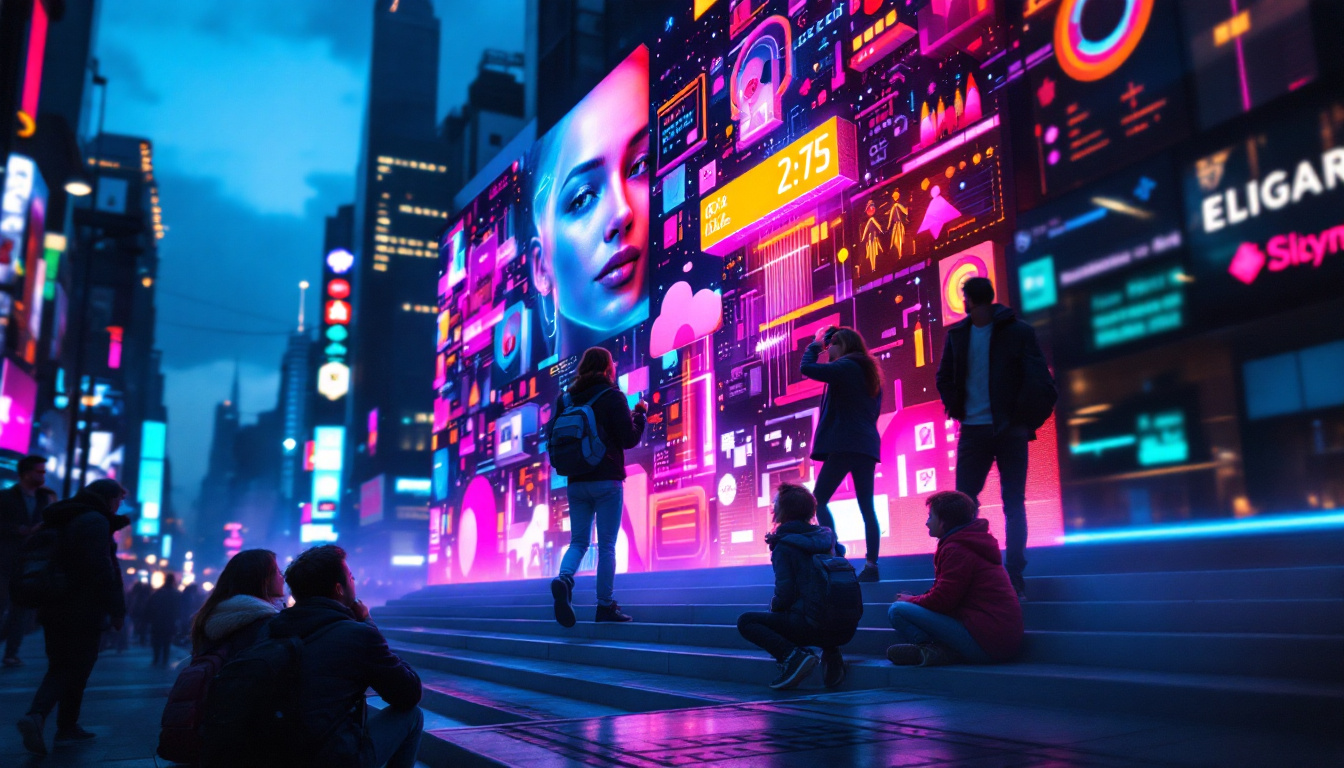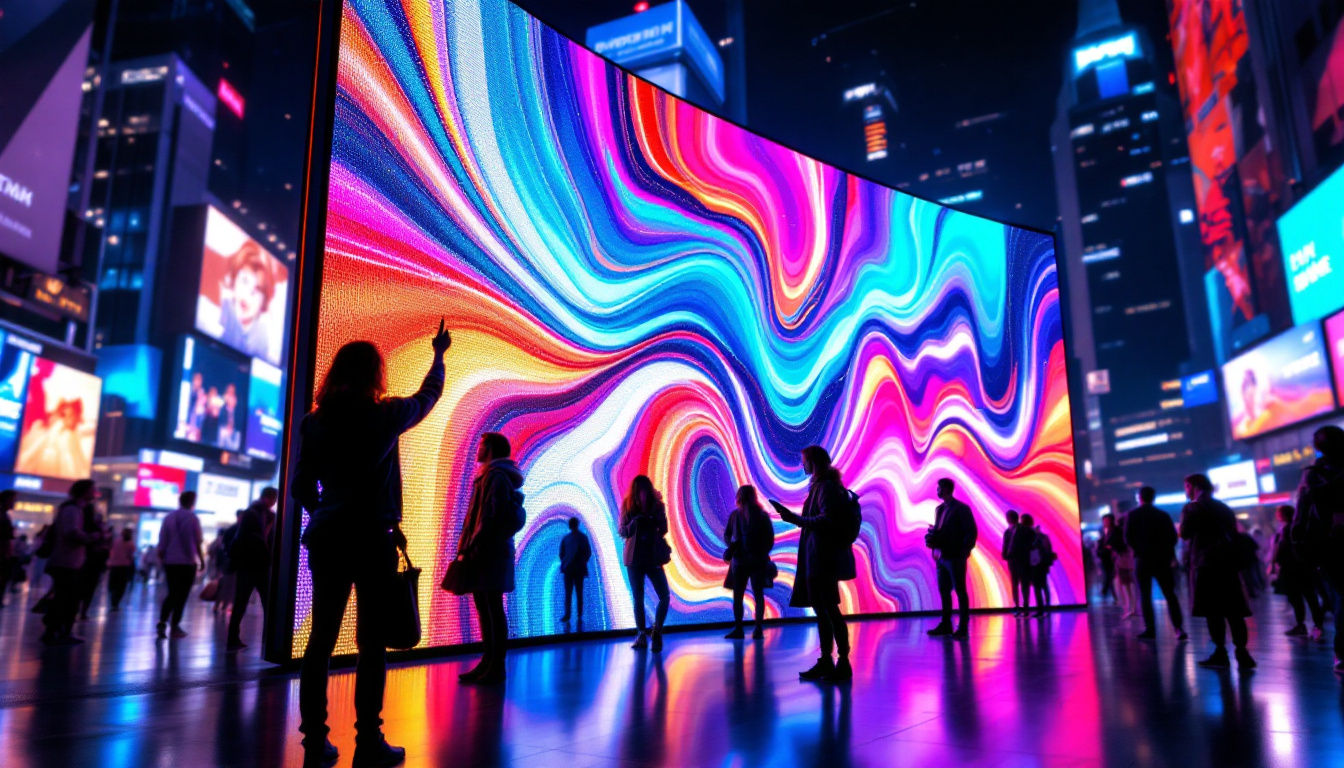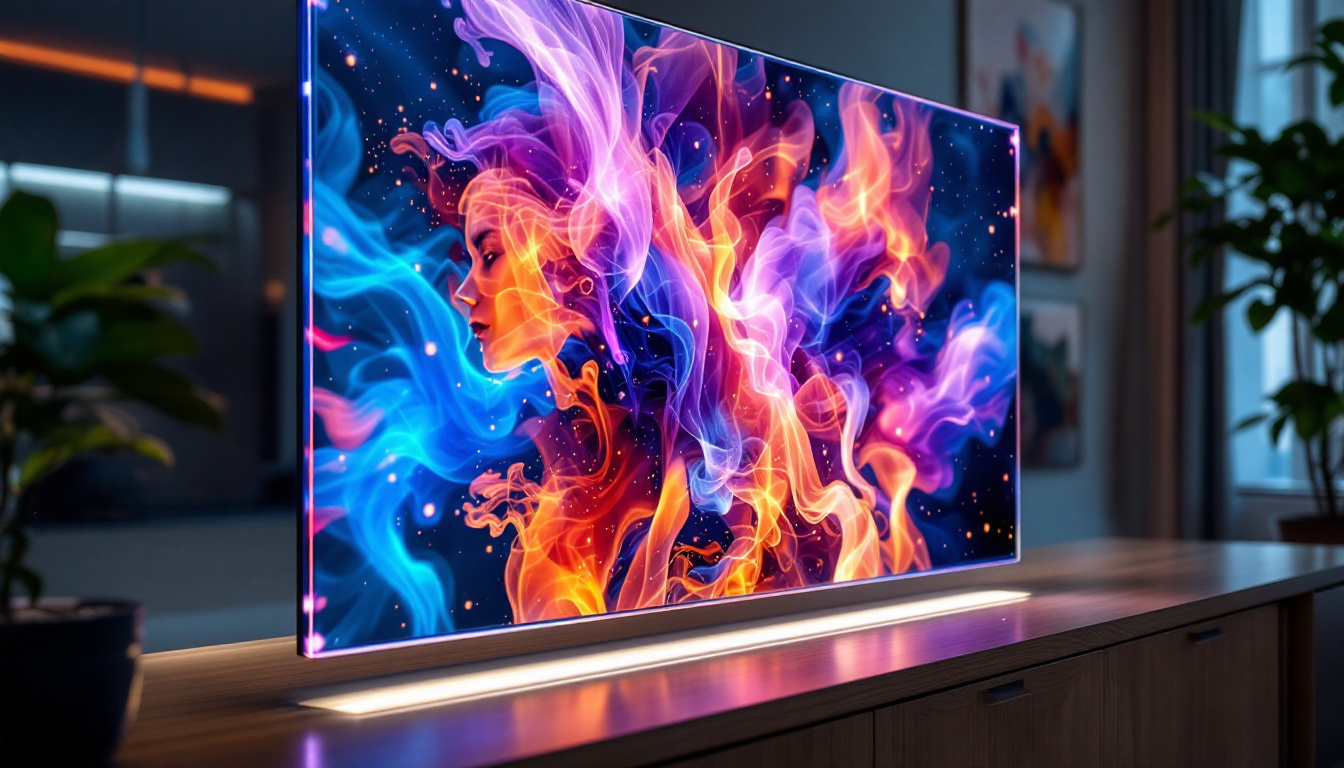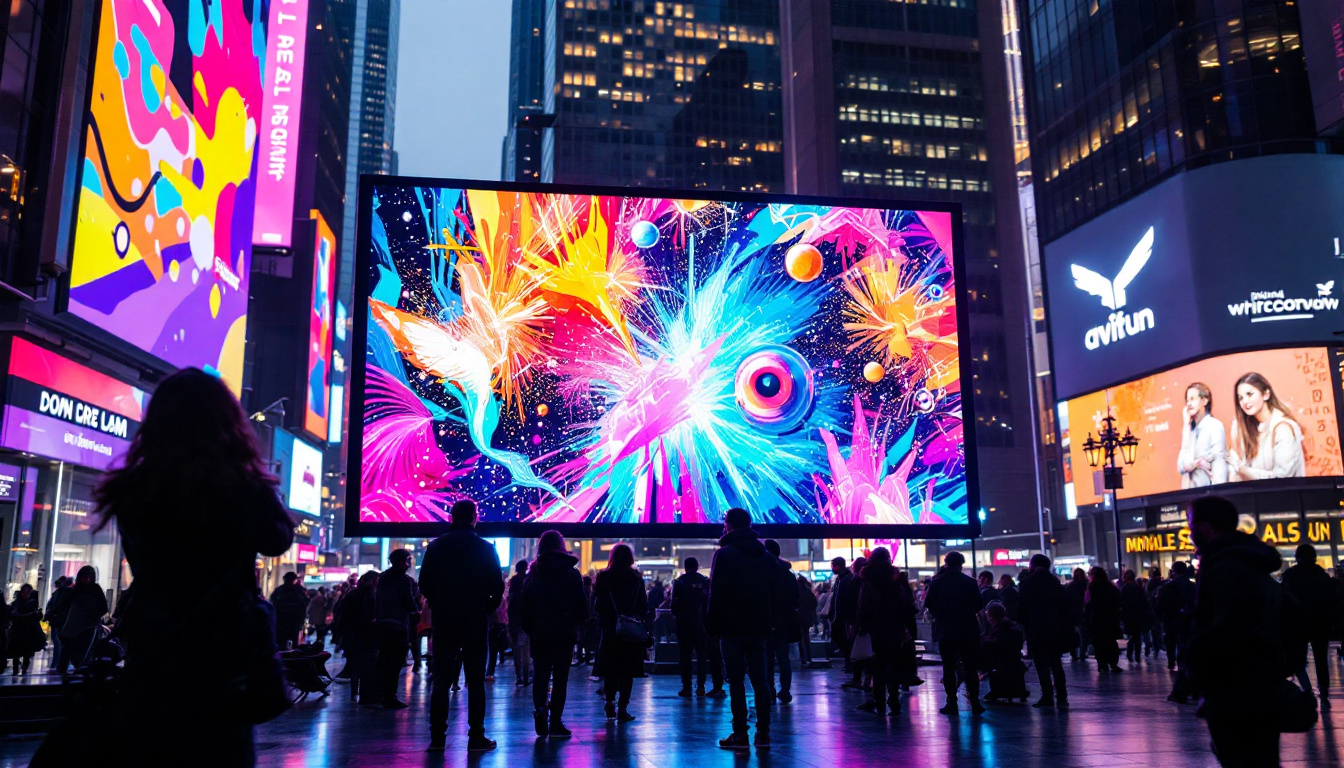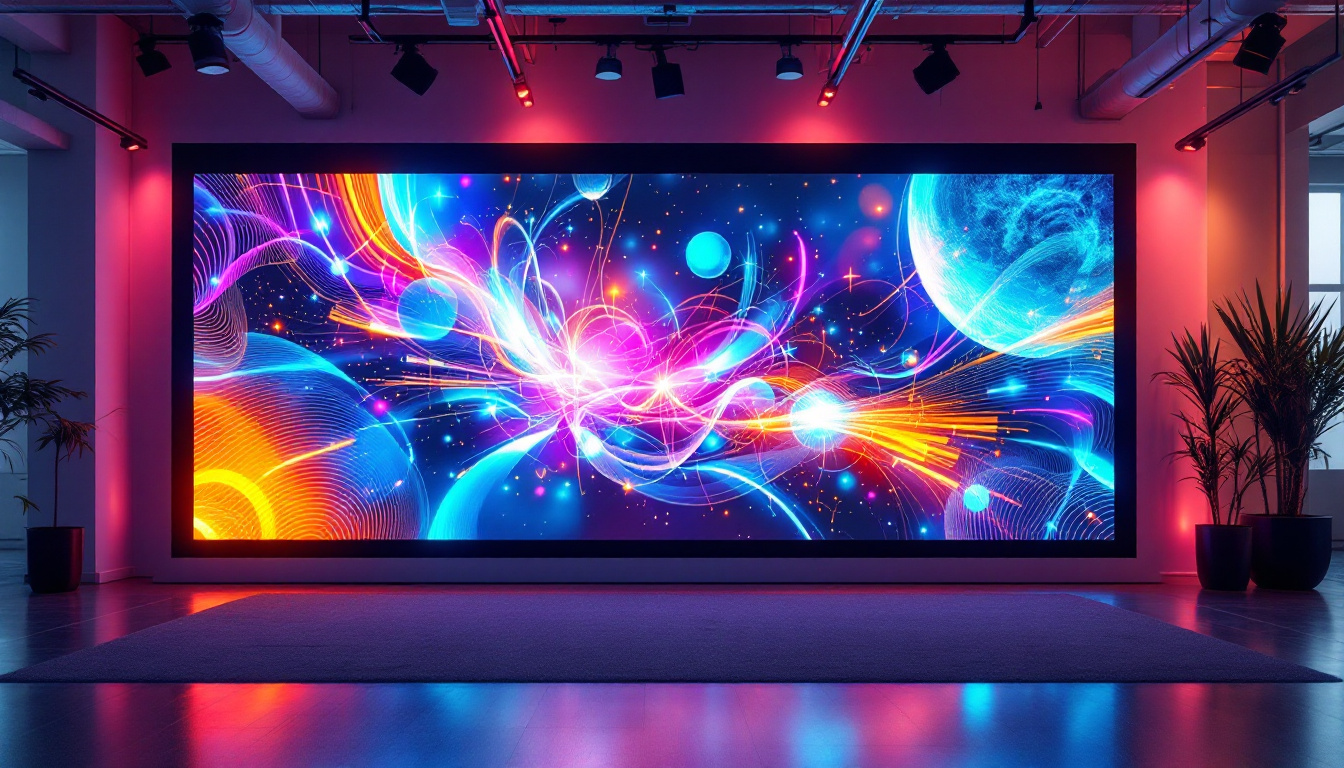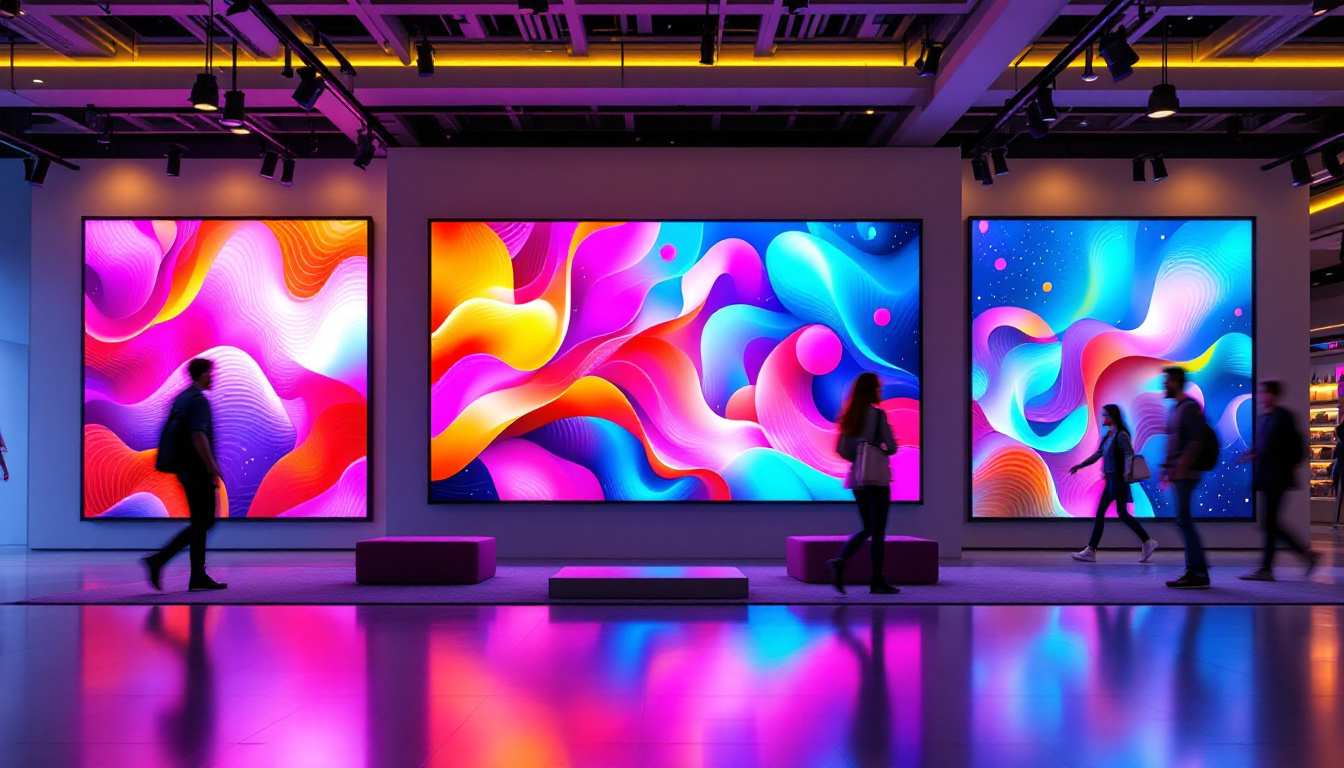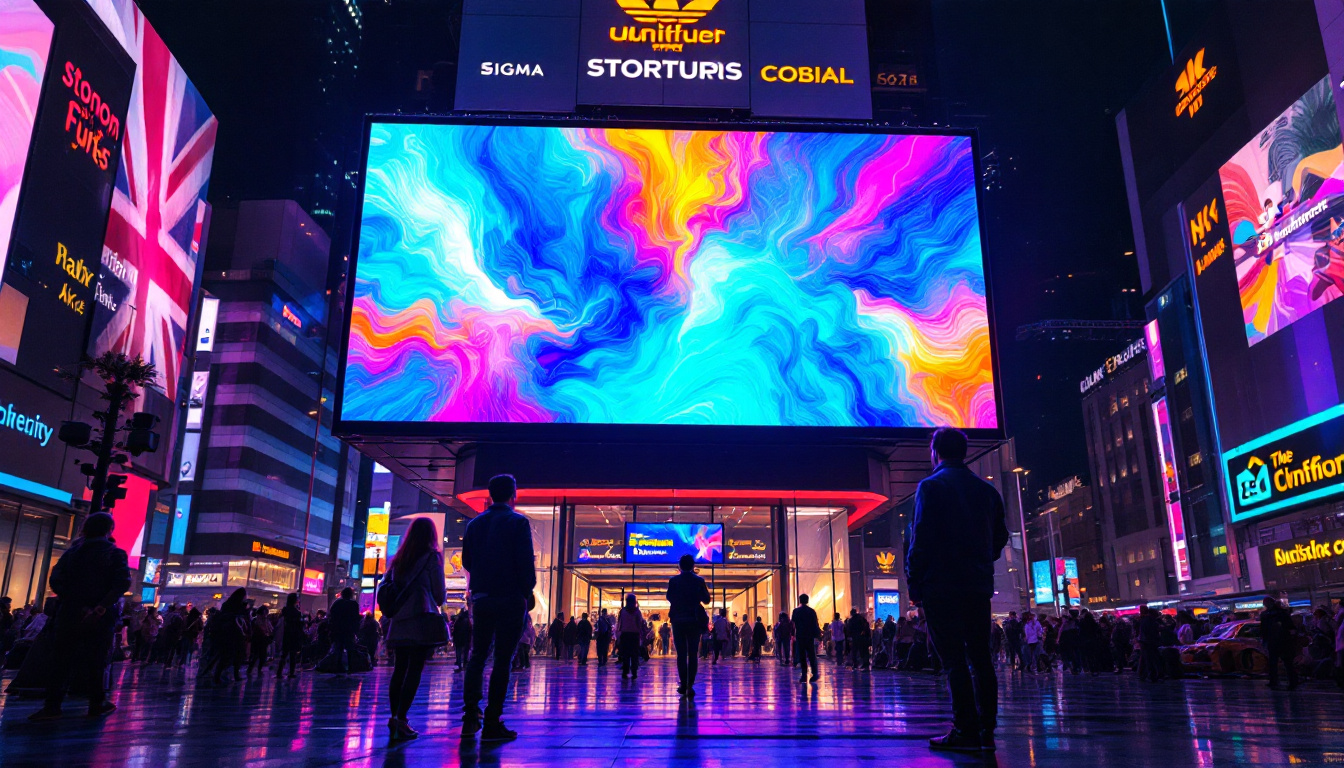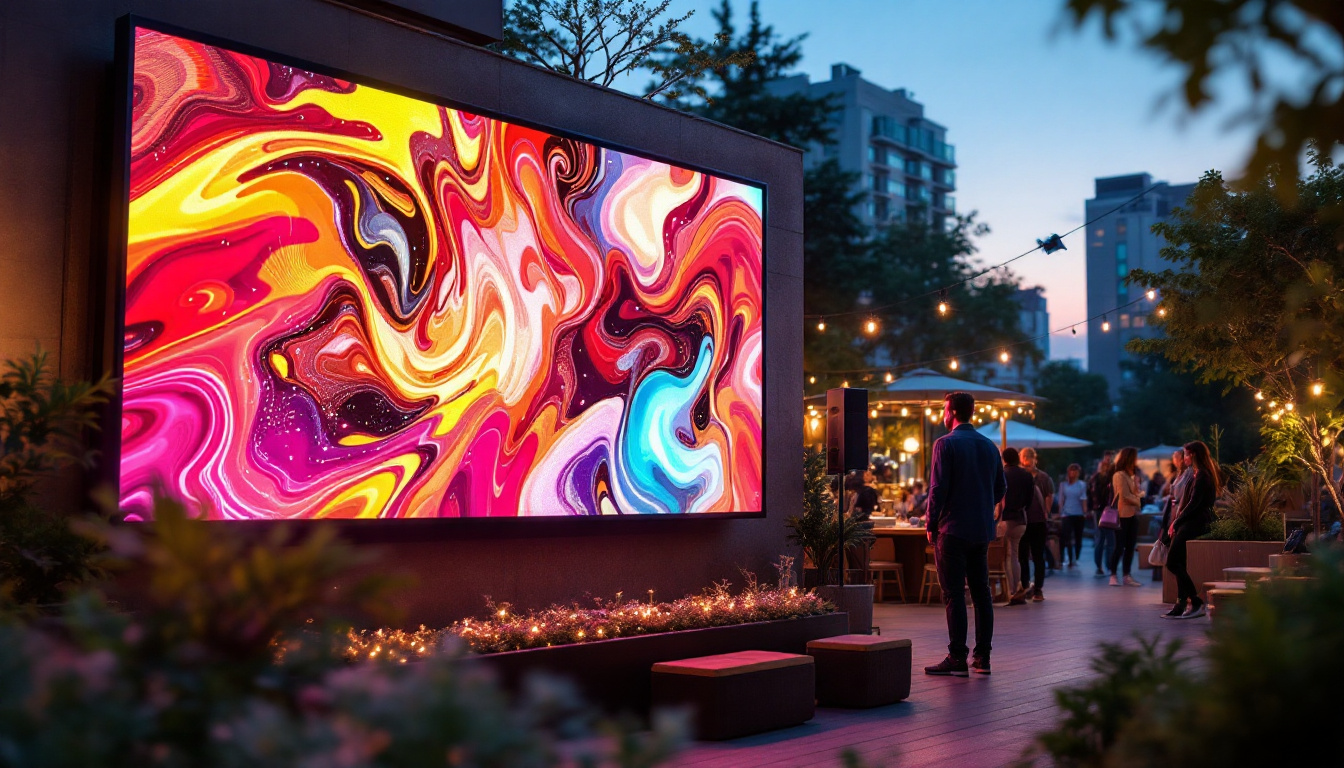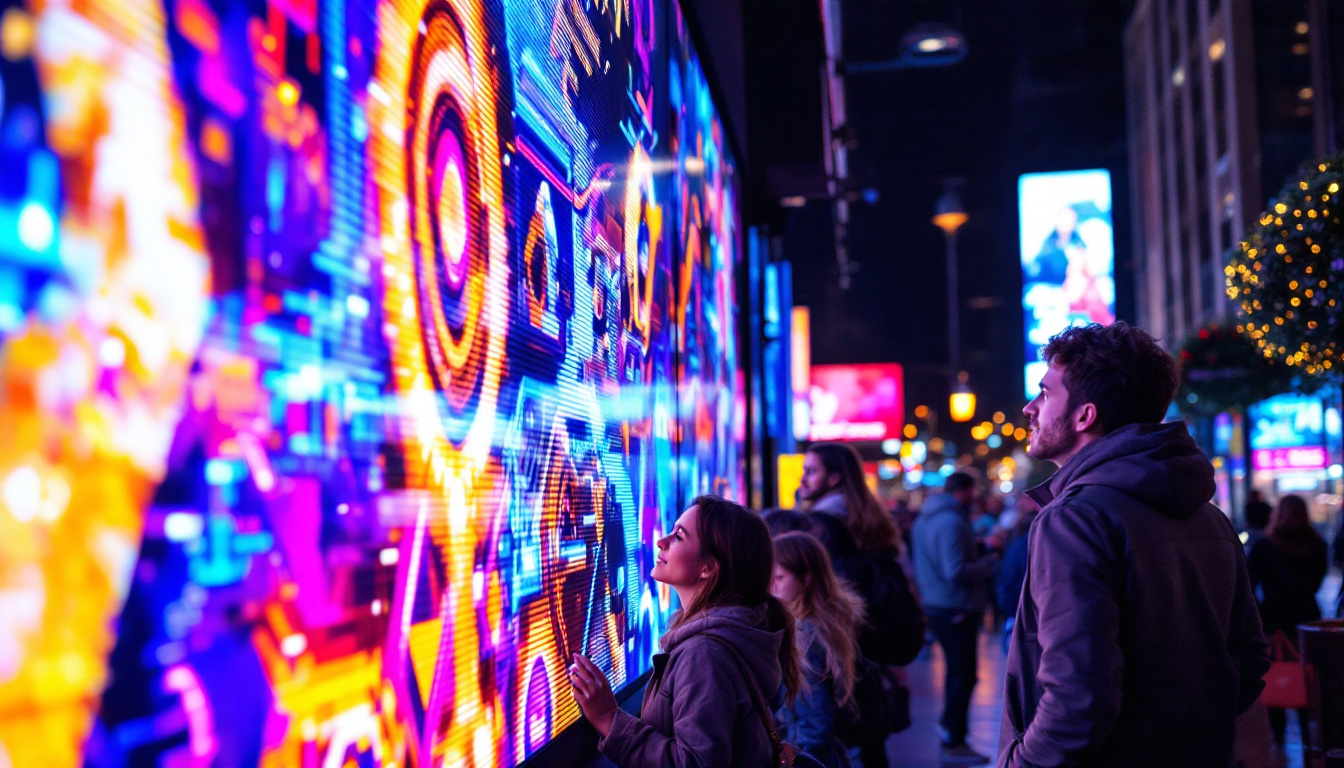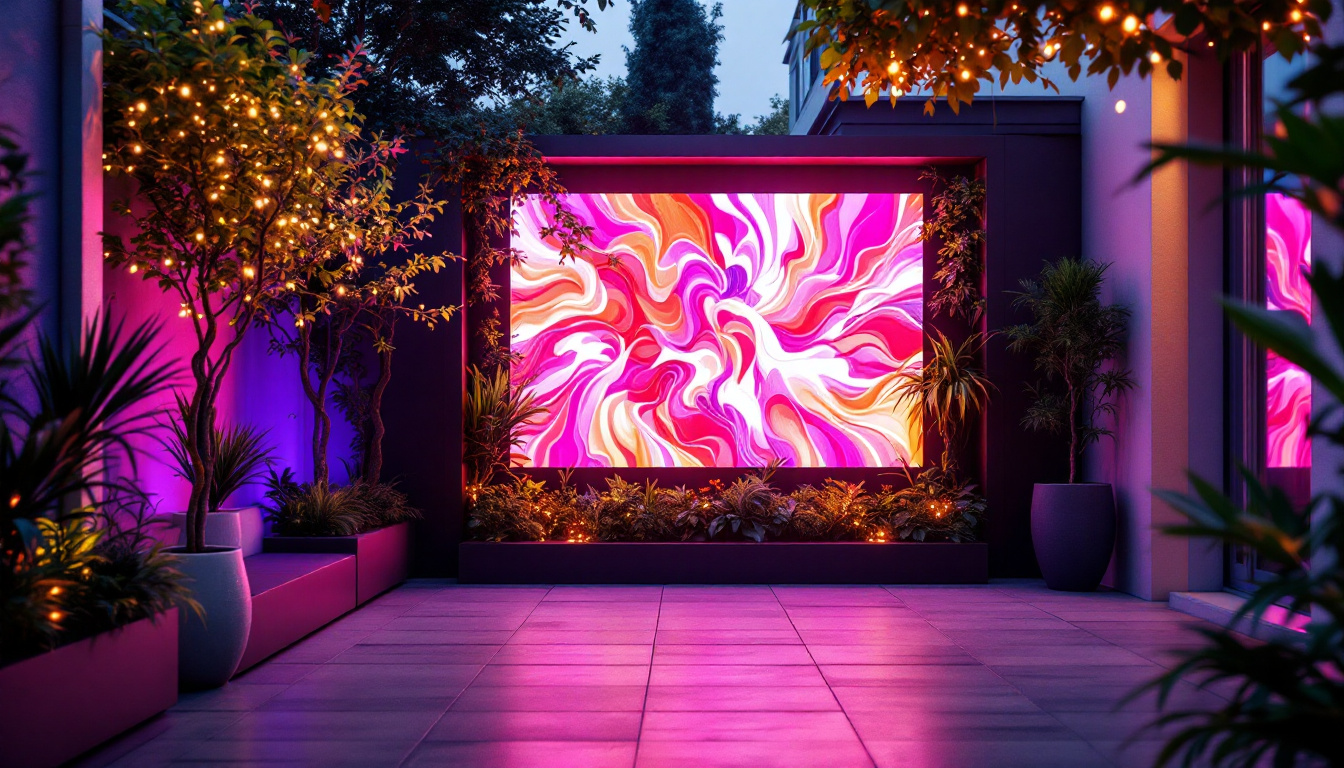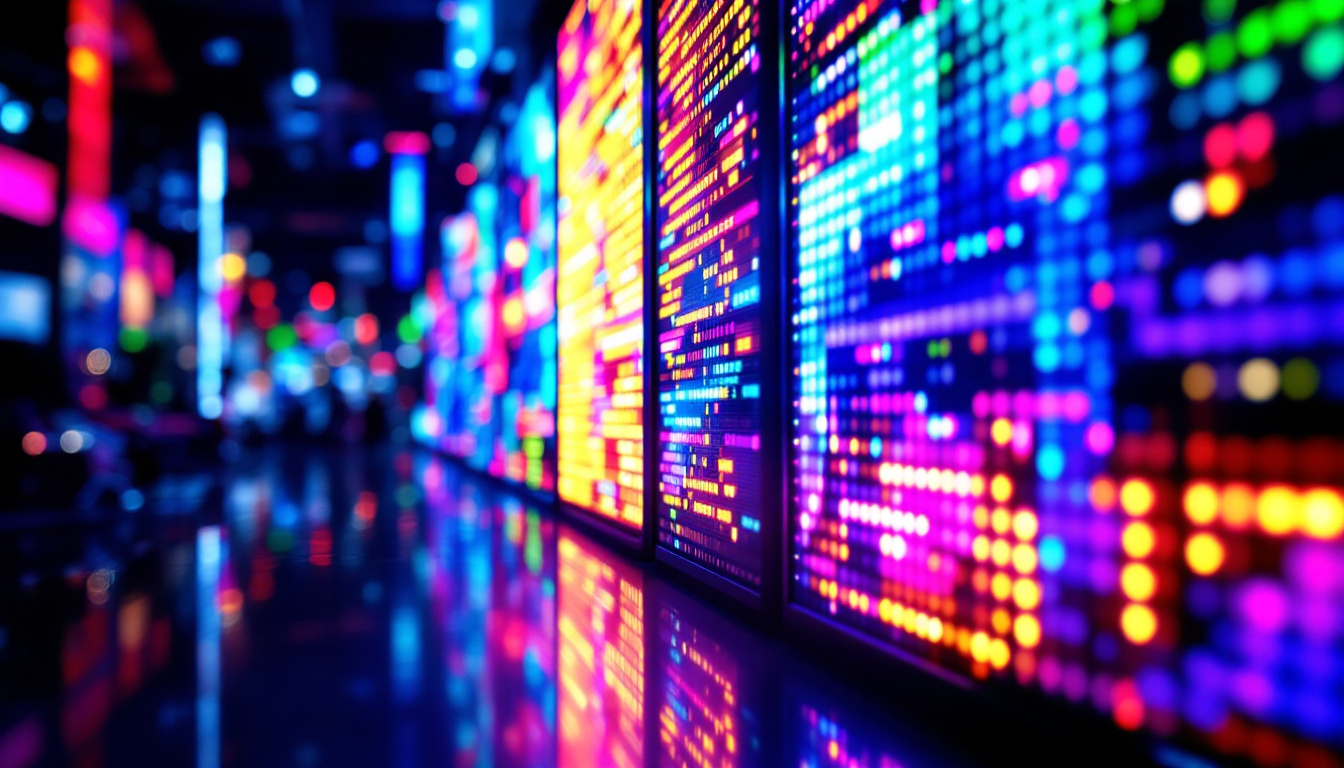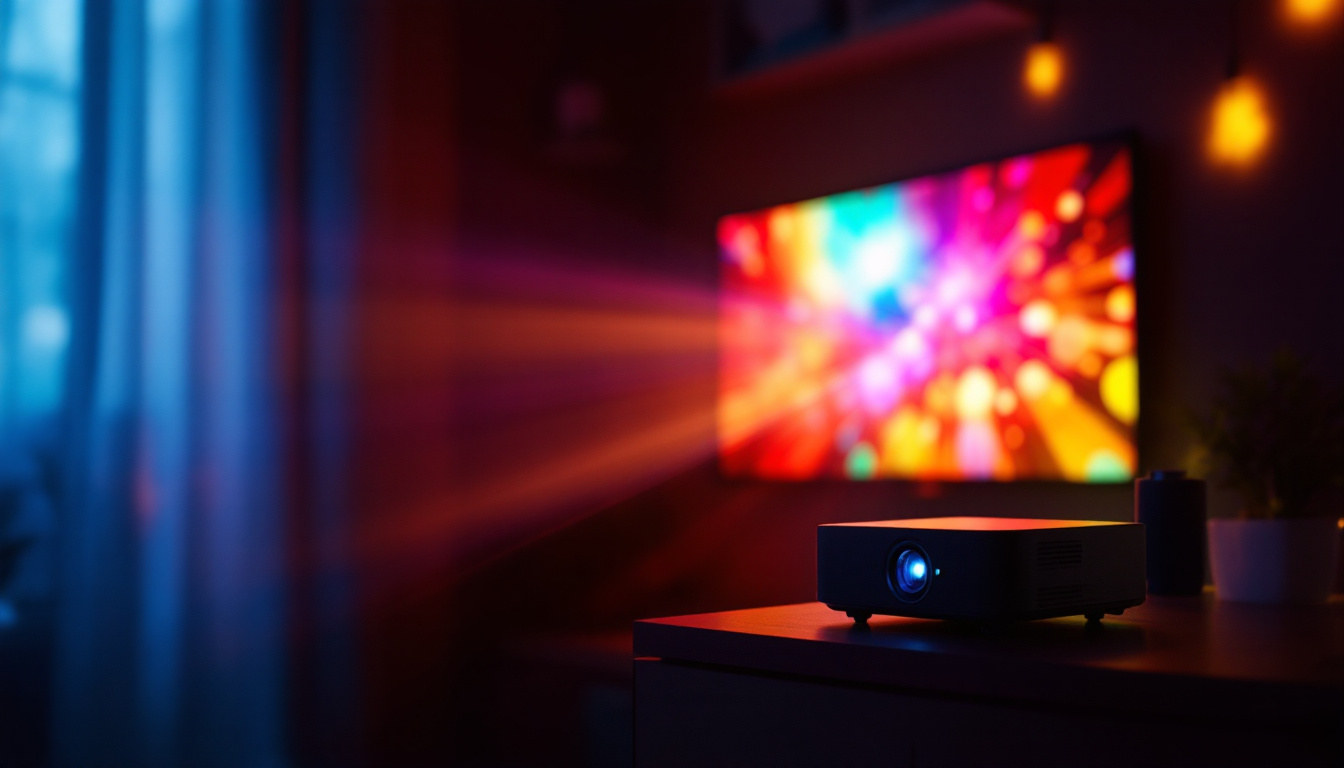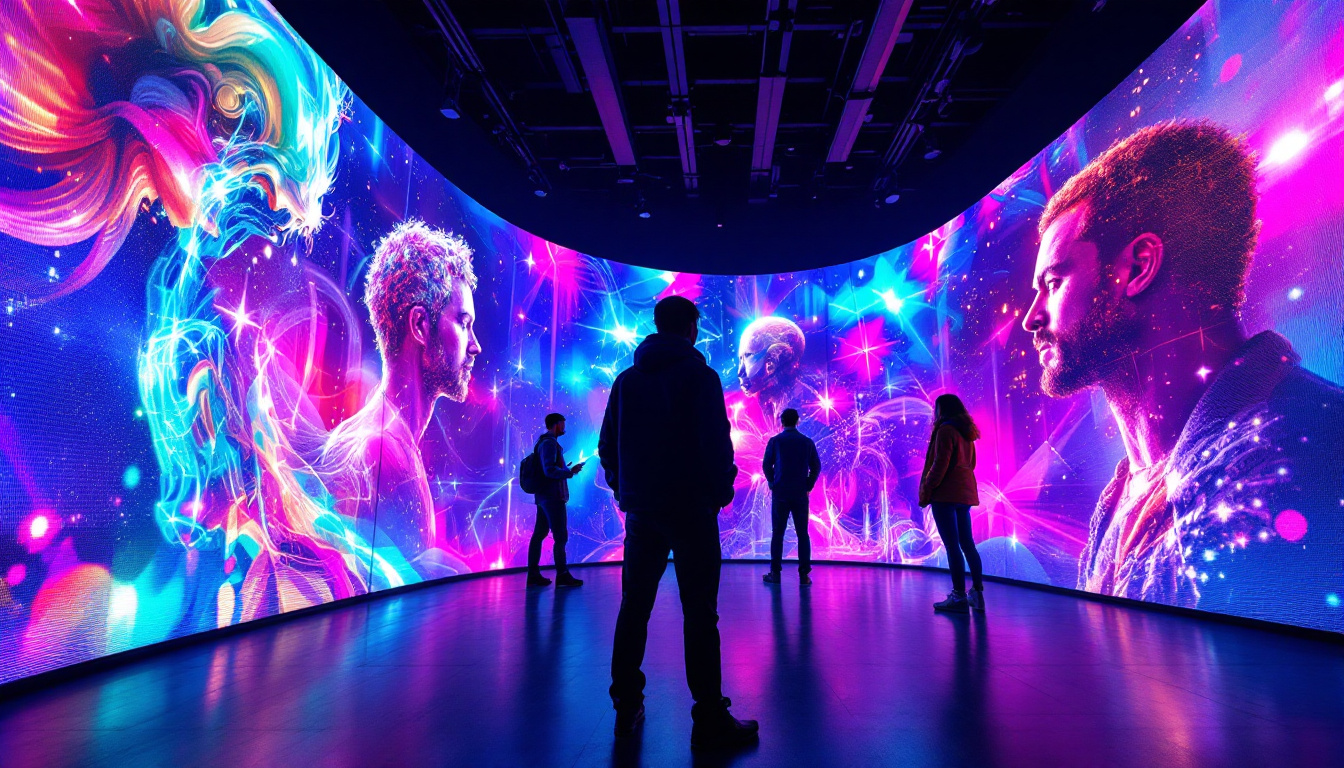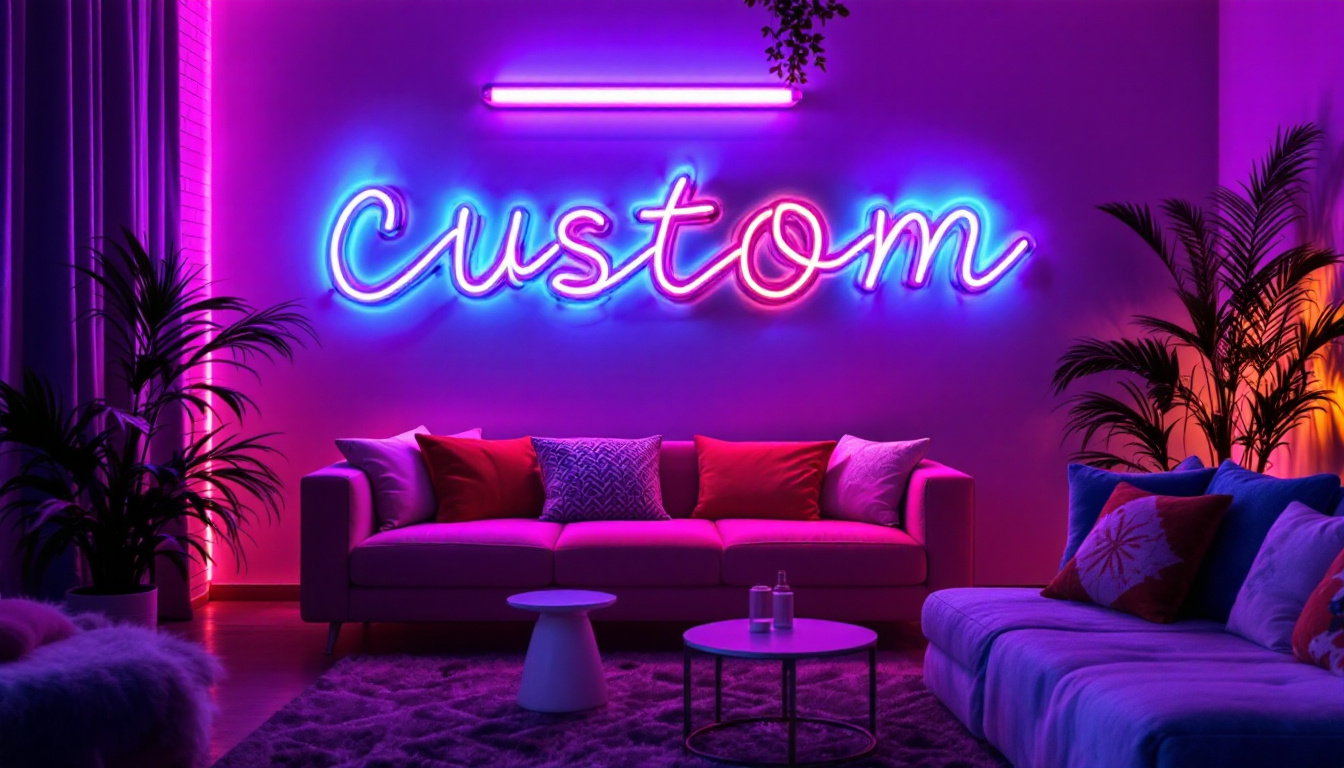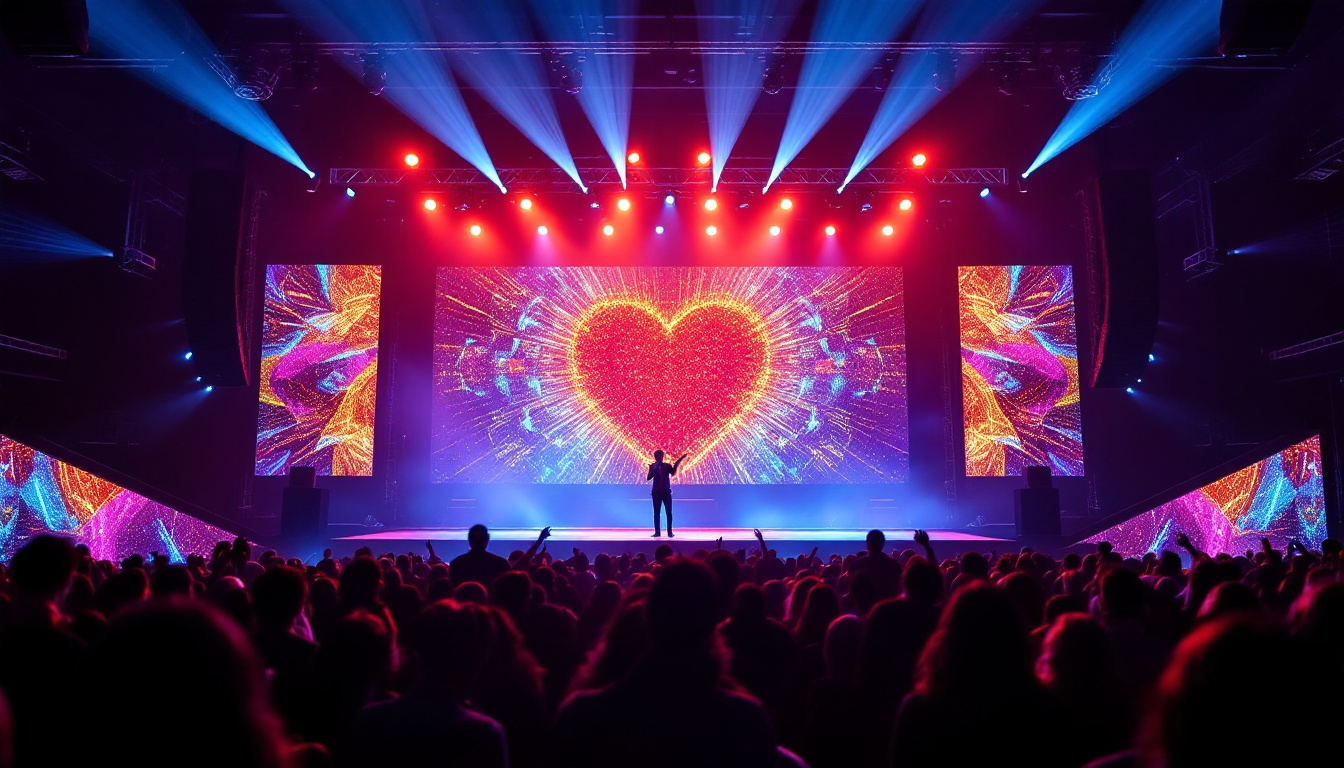In the world of visual technology, understanding display aspect ratios is crucial for achieving optimal visual performance. Whether it’s for televisions, computer monitors, or LED displays, the aspect ratio significantly influences the viewing experience. This article delves into the concept of display aspect ratios, how to calculate them, and their relevance in LED displays.
Understanding Display Aspect Ratios
The aspect ratio of a display is the proportional relationship between its width and height. It is typically expressed as two numbers separated by a colon, such as 16:9 or 4:3. These numbers represent the width and height of the display, respectively. For instance, a 16:9 aspect ratio means that for every 16 units of width, there are 9 units of height.
Aspect ratios are not just arbitrary numbers; they influence how content is displayed on screens. Different media formats are designed for specific aspect ratios, which can lead to letterboxing (black bars on the sides) or pillarboxing (black bars on the top and bottom) when the content does not match the display’s aspect ratio. This mismatch can affect the viewer’s experience, as it may detract from the intended composition of a film or video, making it crucial for creators to consider the aspect ratio during production.
Common Aspect Ratios
Several aspect ratios are prevalent in various display technologies. The most common ones include:
- 16:9: This is the standard aspect ratio for high-definition televisions and many computer monitors. It is ideal for widescreen content, such as movies and video games.
- 4:3: Once the standard for televisions and computer monitors, this aspect ratio is less common today but still used in some older displays and specific applications.
- 21:9: Known as ultra-widescreen, this aspect ratio is favored for cinematic experiences and gaming, providing an immersive field of view.
In addition to these common ratios, there are other aspect ratios that cater to specialized needs. For example, the 1:1 aspect ratio is often used in social media platforms like Instagram, where square images and videos dominate. This format allows for a uniform presentation of content, making it visually appealing on mobile devices. Similarly, the 16:10 aspect ratio is popular among professional monitors, especially for productivity tasks, as it provides slightly more vertical space than the standard 16:9, enhancing the viewing experience for documents and spreadsheets.
Moreover, the rise of virtual reality (VR) has introduced new aspect ratios that are specifically designed for immersive experiences. These ratios can vary widely based on the headset and the content being viewed, but they are crucial for ensuring that users have a seamless and engaging experience. As technology continues to evolve, so too will the aspect ratios that define how we interact with digital media, reflecting the changing landscape of content creation and consumption.
The Importance of Aspect Ratios in LED Displays
LED displays have become increasingly popular due to their vibrant colors, energy efficiency, and versatility. However, the aspect ratio plays a significant role in how effectively these displays convey information and entertainment.
When designing or choosing an LED display, understanding the aspect ratio is essential for several reasons:
Content Compatibility
Different types of content are optimized for specific aspect ratios. For example, a 16:9 display is perfect for watching movies, while a 4:3 screen may be more suitable for displaying older television shows. If the aspect ratio of the display does not match the content, viewers may experience a compromised viewing experience. This mismatch can lead to letterboxing or cropping, where parts of the image are hidden or black bars appear on the sides, detracting from the overall enjoyment and engagement with the material.
Visual Aesthetics
The aspect ratio can also affect the overall visual appeal of the content. A well-matched aspect ratio enhances the presentation, making it more engaging and easier to consume. For instance, using a 21:9 aspect ratio for cinematic content allows for a more immersive experience, while a 16:9 ratio works well for standard video formats. This consideration is particularly important in environments such as art galleries or exhibitions, where the visual impact of the display can influence the viewer’s emotional response to the artwork or information being presented.
Screen Real Estate
Aspect ratios impact how much information can be displayed on the screen at once. A wider aspect ratio allows for more content to be shown side by side, which can be particularly useful for multitasking or displaying data. Conversely, a taller aspect ratio may be beneficial for applications that require more vertical space, such as coding or reading documents. Additionally, in professional settings like control rooms or trading floors, the choice of aspect ratio can significantly enhance productivity by allowing operators to monitor multiple streams of information simultaneously without the need for excessive scrolling or switching between tabs.
Moreover, the choice of aspect ratio can also influence the ergonomics of a workspace. For instance, a wider display can reduce the need for multiple monitors, leading to a more streamlined setup that minimizes clutter and maximizes focus. This can be particularly advantageous in creative fields, where designers and video editors benefit from having ample horizontal space to arrange their tools and timelines efficiently. As technology continues to evolve, the flexibility in aspect ratios will likely expand, offering even more tailored solutions for various applications.
Calculating Display Aspect Ratios
Calculating the aspect ratio of a display is a straightforward process. It involves measuring the width and height of the screen and then simplifying the ratio to its lowest terms.
Step-by-Step Calculation
To calculate the aspect ratio, follow these simple steps:
- Measure the Width and Height: Use a measuring tape to determine the width and height of the display in the same units (inches or centimeters).
- Write the Ratio: Express the width and height as a ratio. For example, if the width is 16 inches and the height is 9 inches, the ratio is 16:9.
- Simplify the Ratio: If necessary, simplify the ratio to its lowest terms. In this case, 16:9 is already in its simplest form.
Example Calculation
Consider a display that measures 1920 pixels in width and 1080 pixels in height. To calculate the aspect ratio:
- Width: 1920
- Height: 1080
The ratio is 1920:1080. Dividing both numbers by their greatest common divisor (GCD), which is 120, results in a simplified ratio of 16:9.
Using an Aspect Ratio Calculator
For those who prefer a more automated approach, aspect ratio calculators are available online. These tools can quickly compute the aspect ratio based on the input dimensions, saving time and ensuring accuracy.
How to Use an Aspect Ratio Calculator
Using an aspect ratio calculator is simple:
- Input the width and height of the display in the designated fields.
- Click the “Calculate” button.
- The calculator will display the aspect ratio, often in both fractional and decimal forms.
These calculators can also provide insights into how the aspect ratio will affect the display of various types of content, making them a valuable tool for designers and consumers alike.
Benefits of Using a Calculator
Using an aspect ratio calculator offers several advantages:
- Speed: Quickly obtain results without manual calculations.
- Accuracy: Reduces the risk of human error in calculations.
- Versatility: Many calculators can handle various units and provide additional information about the display.
Choosing the Right Aspect Ratio for Your Needs
When selecting a display, it’s essential to consider the aspect ratio that best suits your specific needs. Different applications may require different ratios for optimal performance.
For Home Entertainment
For home theaters or personal entertainment systems, a 16:9 aspect ratio is generally the best choice. This ratio aligns well with most modern movies and television shows, providing an immersive experience without any cropping or distortion.
For Professional Use
In professional environments, such as graphic design or video editing, the choice of aspect ratio may depend on the specific tasks at hand. A 16:9 ratio is often suitable for video editing, while a 21:9 ratio can be beneficial for multitasking, allowing users to have multiple windows open side by side.
For Gaming
Gamers may prefer a wider aspect ratio, such as 21:9, for an enhanced field of view. This can provide a more immersive experience, particularly in first-person shooters and open-world games. However, it’s essential to ensure that the games being played support the chosen aspect ratio to avoid any graphical issues.
Conclusion
Understanding display aspect ratios is vital for anyone involved in selecting or using visual technology. From ensuring compatibility with content to enhancing visual aesthetics, the aspect ratio plays a critical role in the overall viewing experience.
Whether using a manual calculation or an online calculator, knowing how to determine and apply aspect ratios can lead to better choices in display technology. As LED displays continue to evolve, keeping abreast of these concepts will ensure that users maximize their viewing potential and enjoy the best possible experience.
In the end, the right aspect ratio can make all the difference, whether for entertainment, professional use, or gaming. By considering the various factors discussed in this article, individuals can make informed decisions that enhance their visual experiences.
Explore Cutting-Edge LED Display Solutions with LumenMatrix
Now that you understand the importance of display aspect ratios, it’s time to experience the pinnacle of LED display technology with LumenMatrix. As a leader in innovative LED solutions, LumenMatrix offers a diverse range of products, from Indoor and Outdoor LED Wall Displays to specialized options like Vehicle, Sports, and Floor LED Displays. Whether you’re looking to enhance your brand visibility or create immersive visual experiences, our Custom, All-in-One, and Transparent LED Displays are designed to captivate and engage. Check out LumenMatrix LED Display Solutions and revolutionize your visual communication today.

